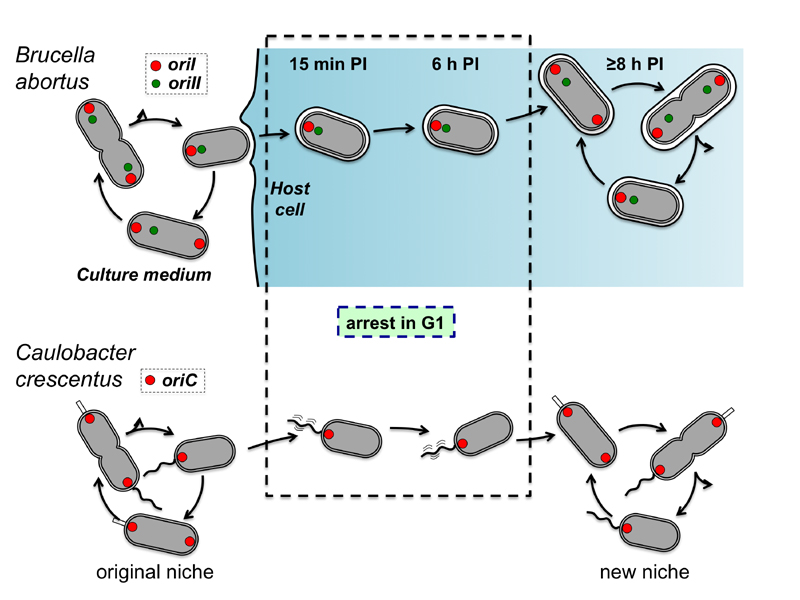FIGURE 1: Comparison of B. abortus and C. crescentus cell cycle controls according to their lifestyle.
The B. abortus replication origins of chromosome I (oriI) and chromosome II (oriII) are shown in red and green, respectively. The replication origin of the unique chromosome of C. crescentus (oriC) is shown in red. B. abortus duplicates its oriI before replication an segregation of its oriII. Inside host cells, at 15 min until 6 h post-infection (PI), the bacteria are mainly in G1 since unique spots of oriI and oriII are observed. This G1 arrest is similar to the G1 arrest observed in swarmer cells of C. crescentus. Thanks to their unique polar flagellum, the swarmer cells are able to move from an original niche to a new niche, in which nutrients are more abundant. In the original niche, the stalked cells are immobilized because they stick to a substrate, thanks to the holdfast at the end of their stalk (small white rectangle). In the case of B. abortus, the ER could be considered as a new niche in which nutrients are abundant, since this pathogen massively replicates in this organelle.

